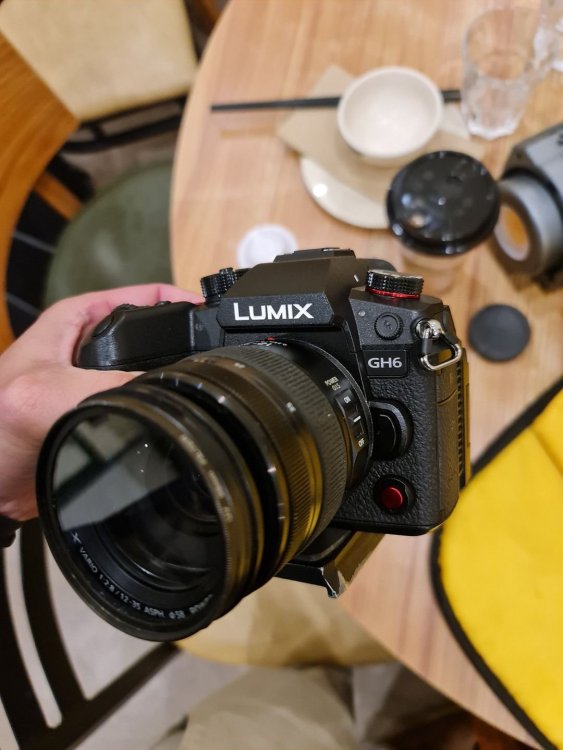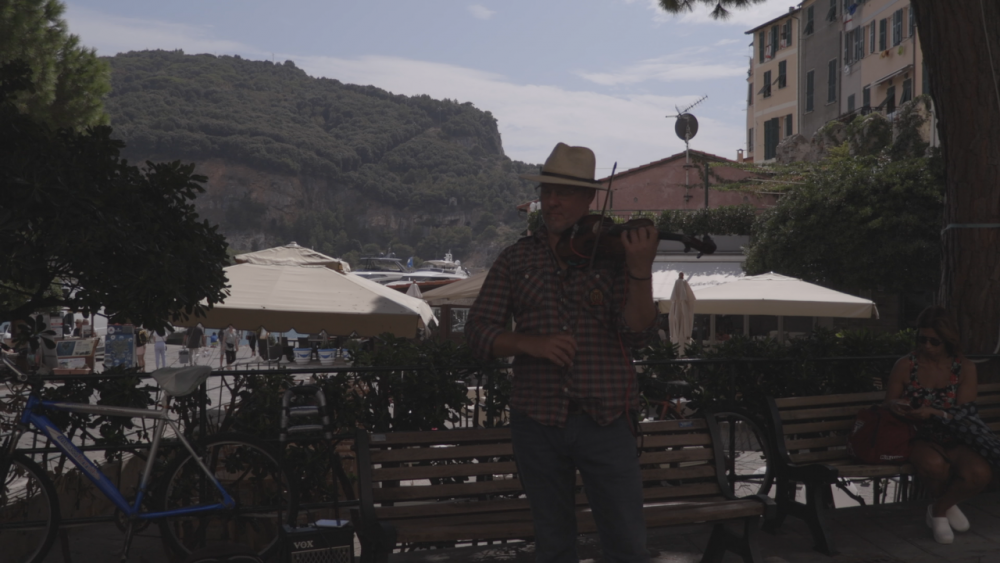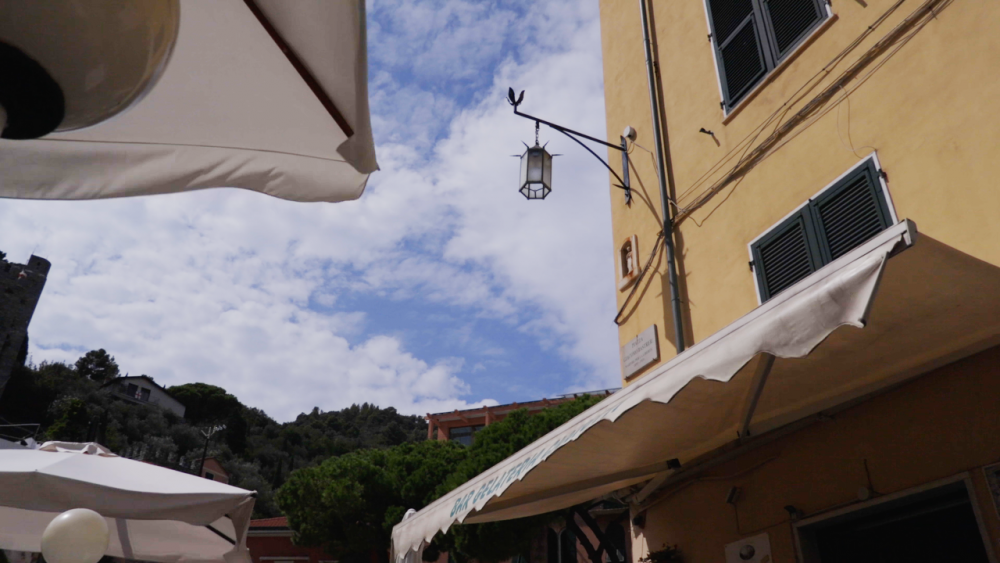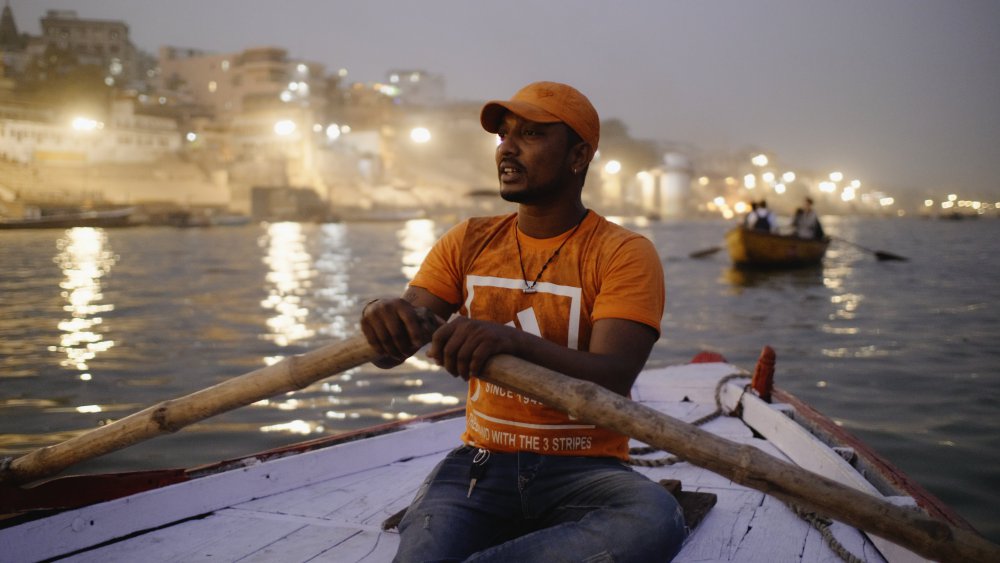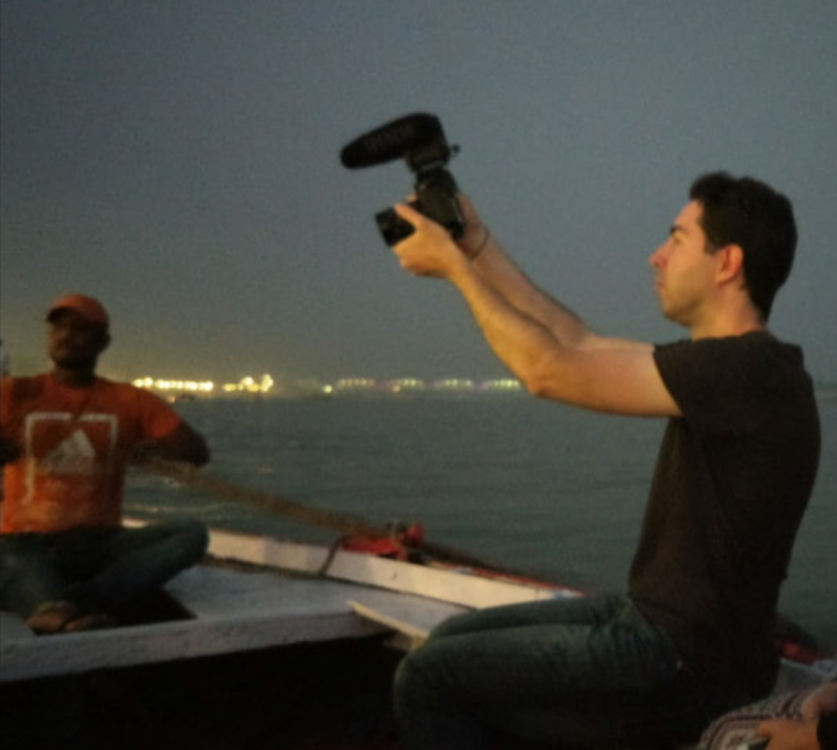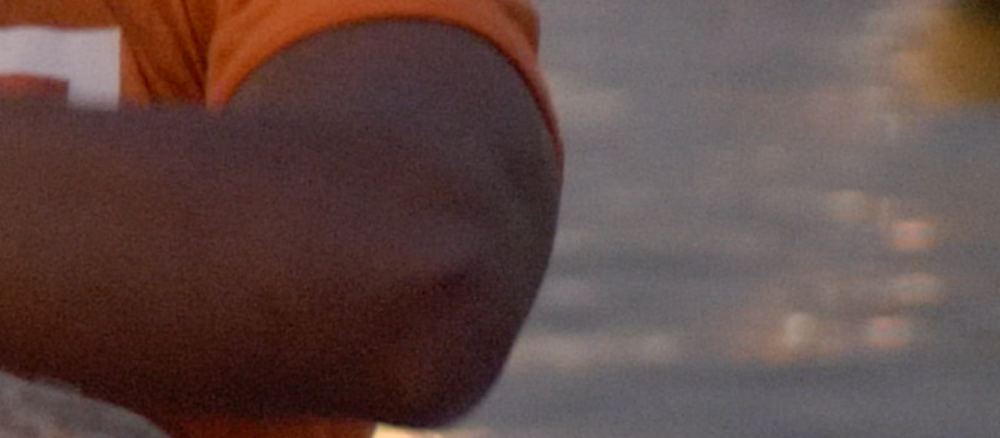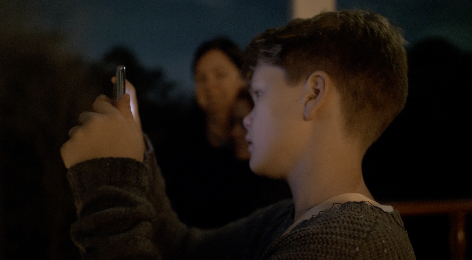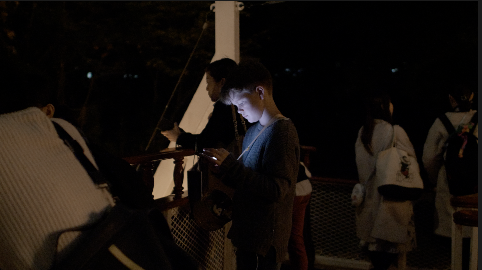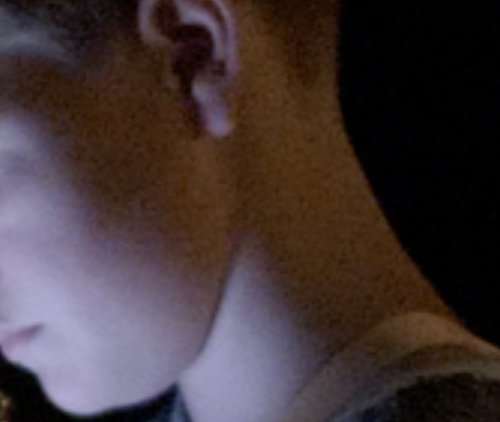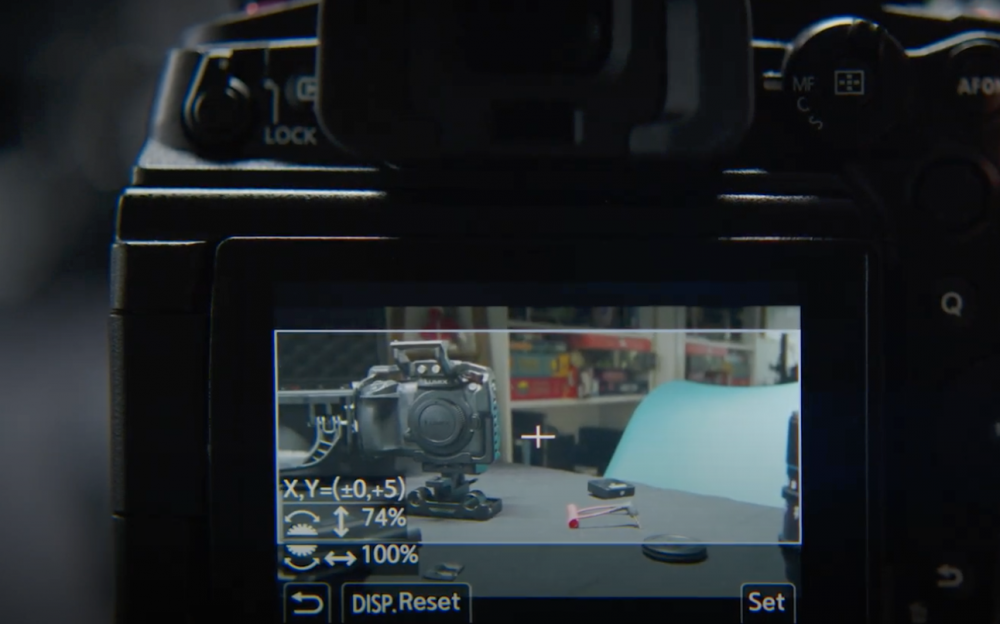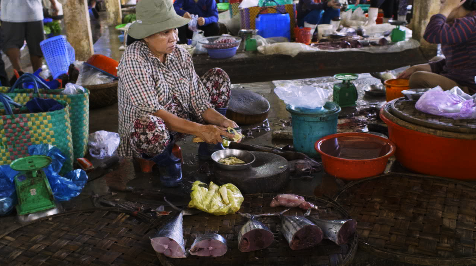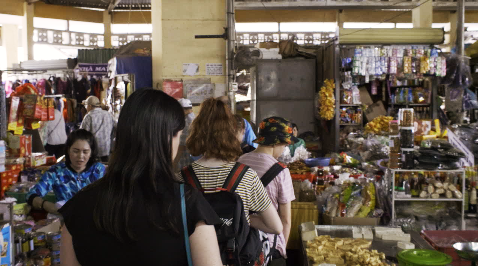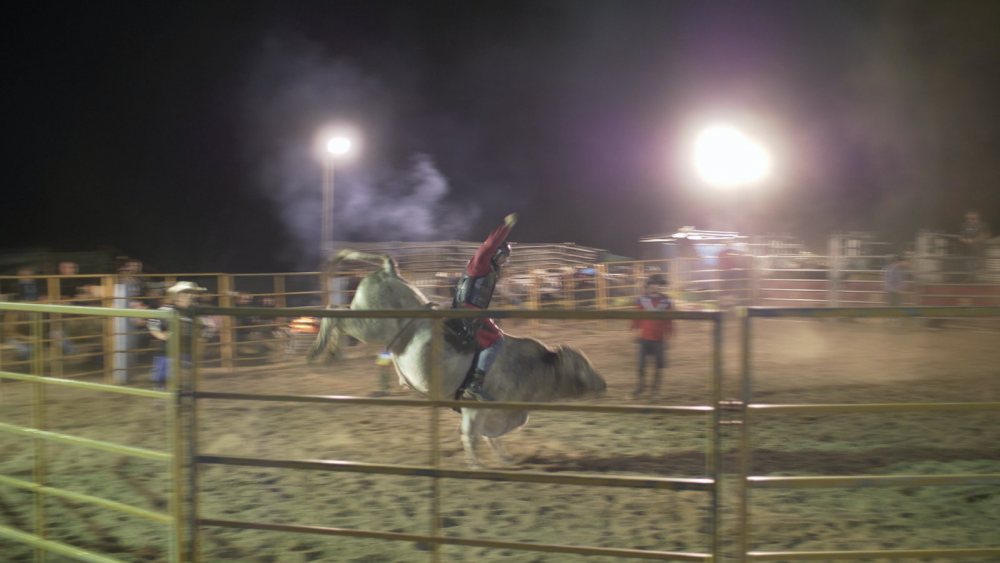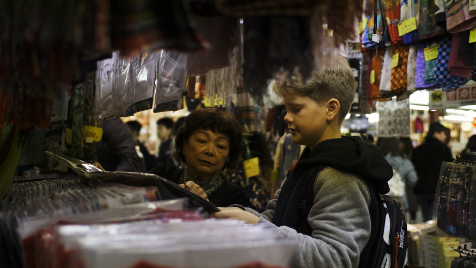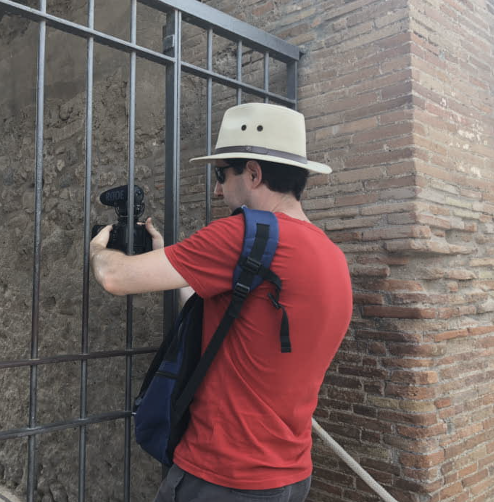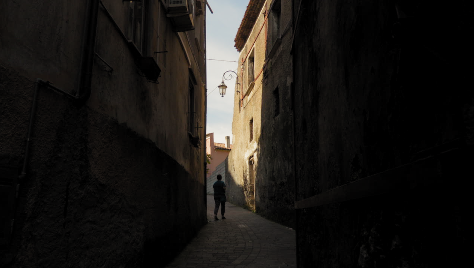Leaderboard
Popular Content
Showing content with the highest reputation on 04/10/2022 in all areas
-

Canon EOS R5C
webrunner5 reacted to HurtinMinorKey for a topic
Sorry for hiding it within a wall of text, but you have to download the file to get the full resolution.1 point -
1 point
-
I think the GH6 is a triumph of incremental upgrades that provide a real difference when shooting run-n-gun video in the real world. With the headline features so prominent, it's easy to miss the many smaller improvements that can actually make a big difference to shooting. We talk about cameras like they're museum pieces or engineering spectacles, but often these things don't translate to the real world. The following are my views of the GH6 from the perspective of a travel videographer upgrading from the GH5. I've tried to include as many example images as I can - please note that these aren't fully graded and are often compromised due to me pushing the limits of what is possible from the GH5, what was possible under the circumstances, and what my limited skills could create... But let's get some obvious things out of the way first. Things I don't care about..... Autofocus The AF is improved. People who used the GH5 AF will like the GH6 AF, and people who didn't like the GH5 AF probably won't be moved by the GH6 AF. I don't use it, basically ever, so I don't care. If you do care, then good for you.. move along, nothing to see here. Extra resolution There's more resolution, but the GH5 had enough resolution for downsampled DCI4K and lower resolutions, and the 2x digital zoom and ETC modes provided useful cropping modes as well. The extra resolution doesn't really matter to me. Size and weight I care about this a lot actually, but it's not substantially larger than the GH5 from the front, which is the dimension that matters when filming in public. The extra depth is immaterial when you have a lens on the camera. The extra weight is unfortunate, but isn't that much and is well worth it for the fan and screen improvements. Internal Prores Prores is a professional codec that offers considerable improvements throughout the whole workflow. I'm not going to say much else on this as I created another thread to talk about this but it's great to have the option, and I definitely appreciate it. Many people were happy with the GH5s codecs, especially the 10-bit 422 ALL-I codecs, which were a shining beacon in a sea of poor-quality IPB cameras, but even those have been improved.... Huge improvements on h264/h265 codecs The GH5 had 200Mbps 1080p and 400Mbps DCI4K, but the slow-motion modes are limited to 150Mbps (4K60) 200Mbps (1080p60) or 100Mbps (1080pVFR up to 180fps) and the effective bitrate dropped significantly when you conform your 60p or 180p footage to 24p - as low as 13Mbps!!. The GH6 has 4K60 at up to 600Mbps (SD card) or 800Mbps (CFexpress type B) - an effective bitrate of 320Mbps, and in 1080p240 800Mbps which is an effective bitrate of 80Mbps. Oh, and these are all 10-bit 422 ALL-I, as opposed to the GH5 8-bit 420 IPB. Oh, and also also, the 120p is now in 4K too. If you're shooting sports this is a big deal as often players are in direct sunlight, depending on the time of day there might not be much ambient fill light, and any reflections from the field may be strange colours such as green grass, or various coloured artificial turf, which will drastically benefit from the 422 10-bit when colour correcting footage. The extra bitrate is also great for having clean images when players may be bright against a very dark background really highlighting any compression nasties on their edges. The ALL-I will be great in post too. I'm curious to see what the 300fps looks like in real-world situations, but I've shot a lot of sports with 120p and it seems slow enough to me. Dynamic Range Boost This is a big deal for anyone recording in uncontrolled conditions, and especially for travel. This isn't a vanity exercise or BS tech nerdery, this is a real creative consideration. When you're shooting travel, the film is about the location and the experience of the people in that location, and the weather is a key consideration of this. With the GH5 I often had to choose between clipping the highlights (ie, sky) and exposing for the people. I also chose to expose for the sky on my XC10 and in combination with 8-bit C-Log recorded a large amount of spectacularly-awful looking footage of my honeymoon. Here's a frame of C-Log SOOC from that debacle: The shot was also mixed lighting with the subject in the shade, being lit by a coloured Italian shop-front immediately behind me that was in full sun.... Being forced to decide between the subject and the sky is problematic if the shot you want is "person at location X at sunset" and you can't feature that person and also the sunset. It's also relevant for anywhere with tall buildings that create deep shade - the below is a nice dynamic image but it's a tad overdone and not how we actually see the world: My experience with shooting the OG BMPCC / BMMCC is that their ~2 stop advantage in DR over the GH5 almost completely covers this gap. Images with someone standing in-front of a sunset no longer feature either an anonymous shadow person swimming in technicolour-grain or a digitally clipped sky. The GH6 DR Boost feature will help in these situations, allowing subjects to be filmed in-context rather than only in select locations were the light is just right but the scene is irrelevant. Would more be better? Sure. I can hear lots of people thinking "go full frame then - moron" but the GH5 was (until now) a camera with a unique set of features not bettered by any other offering for this type of travel shooting, so while the current alternatives give with one hand they also take away with the other, normally taking away a lot more than they give. Full V-Log Having a colour profile that is supported natively by Resolve is a huge thing for me, as it allows WB and exposure adjustments to be done in post without screwing up the colours. This is important because in shooting travel there are times when you can't even stop walking to get a shot, let alone have enough time to pause, get exposure dialled in, and heaven-forbid to pull out a grey-card and do a custom WB! A great man once said "tell him he's dreamin"! This lighting all looked neutral to the naked eye - GH5 HLG SOOC: The advice I got from the colourists on that was to lean into it and just pick one or the other and balance to those, but sometimes the mixed lighting isn't really something you want to lean into.... GH5 HLG SOOC - look at the colour temperatures on the grey sleeve from what appears to be the strip-light from hell hanging just above their heads: Better Low-light performance Filming in available light in uncontrolled conditions often means needing to use high ISO settings. This is a shot I've posted many times before, and the BTS of me shooting it, in a row-boat lit only by the floodlights on the river bank maybe 50m away. Notice that the smartphone taking the BTS photo couldn't even focus due to the low-lighting. It was using the GH5 in full-auto (likely a 360-degree shutter) and with the Voigtlander wide open at F0.95. I don't know what the ISO on the shot would have been, but there's quite a bit of noise, especially considering this is a UHD clip downsampled from 5K in-camera (200% zoom on a UHD timeline): I don't mind the quality of the noise actually, and it responds to sharpening really well giving quite an analogue image feel, but if the image is this noisy then the colours aren't going to be at their best, and that isn't desirable. There are a number of fast primes on MFT (ie, faster than F2) but getting sharp images wide-open is problematic, even from the very-expensive Voigtlander f0.95 primes. The GH6's improved low-light is great, and not only does it allow recording in ever-darker environments, but it also allows the use of modest lenses and faster lenses stopped down to be within a higher quality part of their aperture range. An extra $1000 cost on the body of a camera seems like a lot, but if it saves you $500 on every lens because you can buy slower lenses then it's an investment that has a reasonable return. ...and lest you think that the above is an extreme example, having good low-light performance is really just about filming people doing what they're doing, and in case somehow you haven't noticed, it's dark outside about half the time and people go out into it and do things. Another example, here's a shot taken right at the end of blue-hour: and minutes later, here's a shot showing what you can get when lit only by the light of a phone, and providing a reference for how dark this location was: Think of the benefits of better low-light performance here.... it's very low-light, mixed colour temperature lighting, and the main feature is skintones. The noise on the GH5, with the Voigtlander wide open is pretty brutal: New Screen My XC10 has amongst the nicest ergonomics of any camera and a big part of that for me was the tilt screen that didn't get in the way when using your right hand to hold the camera and the left to support the camera and manually focus the lens. The fact that the new GH6 screen allows for both tilting as well as for flipping is great. Contrary to what many believe, the 'flippy' screen is actually very useful for filming things other than yourself. Any time when you cannot stand directly behind the camera is when the flipping screen is useful. I have used it while filming out of windows (such as in moving vehicles, filming the view around the corner of a panorama framed by an arch, or taking a sneaky shot of the kids around a corner without them spotting me and pulling faces). Sometimes you need to hold the camera in funny ways to get a shot: They're also very useful for those who want to take vertical photos from a low or high angle. Fan The GH5 never overheated on me, even in desert conditions, unlike my iPhones have on many occasions, and the GH6 will never overheat either. It's not an "improvement" in the sense that it doesn't offer anything new, but it is a guarantee that all the extra other features won't come at an unacceptable cost. Having a camera that overheats is just stupid, and Panasonic doesn't insult us by providing tools that aren't reliable. Punch-in while recording Checking focus while recording is a pretty fundamental thing, and the GH5 didn't have it (and didn't have the best focus peaking either) but now the GH6 does. Boom. Custom Frame Guides The frame guides on the GH5 were worthless - pale dotted lines that were difficult to see under ideal conditions, let alone while holding the camera at arms length in a moving vehicle. The GH6 has custom frame guides that have a much more visible outline and also dim the out-of-area image, making it super easy and intuitive to use. Frame from @Tito Ferradans review on YouTube: I might be tempted to engage this for a 2.35:1 permanently and then choose what ratio to use in-post when I get to editing. I've tried to shoot for this ratio before with the GH5, forgot and couldn't see the frame guides and intuitively composed like normal, and then downloaded the footage and found that I'd framed every shot too close for the ratio. Fail. Buttons and controls The GH6 has more programmable buttons than the GH5 (which was already great), and the extra custom slot C4 on the mode dial is very welcome. I have my GH5 configured to be C1 1080p24, C2 1080p60, C3-1 1080p120, C3-2 4K24 (in case there's something I'd need 24p for), and C3-3 as 4K manual everything for shooting camera tests. The first four modes are ones I want to just be one dial away while I'm out shooting, so having the extra one is really useful. The GH5 also saved the preset focal lengths for the IBIS on a per-profile basis, so when you switch profiles you switch focal lengths. This is important because when the camera goes to sleep it wakes up but forgets the focal length and goes back to the default one for that profile. As such, you could duplicate profiles and use them to swap between focal lengths, like if you were recording sports on a manual zoom lens, just to name a purely-theoretical example that no-one would ever contemplate.... Better IBIS The GH5 IBIS is great, and when you shoot with fully manual primes and without a rig, is an important function. Having improved IBIS on the GH6 is very welcome and can really help salvage shots that wouldn't otherwise have made the cut. One of the killer features of action cameras is that you can put them anywhere and get a huge variety of images while out in the real world, and that works for MILCs too, but if you're balancing on a chair and shooting at full arms-reach to get a shot and the IBIS isn't able to take up the slack and stabilise it, then it won't make the edit. It doesn't matter how good the stabilisation of something is, there are instances where it will fail, and I seem to keep finding them. USB-C port The Prores and high bitrates will chew through storage and the ability directly record to an SSD would be spectacular. Being able to charge the camera with USB-C would also be useful in some instances. In camera LUT support I'm yet to see how this is implemented but LUTs can be great references while shooting. You can use LUTs for things like false-colour, sure, but I'll be very interested in experimenting with ones that are very high contrast to allow for better visibility in bright conditions, and other more extreme applications that help you get the shot. I normally use the EVF on the GH5 as it eliminates ambient light and adds another point of contact for better stabilisation, but sometimes you have to use the screen and it's not always ideal, so these could be useful for that. Better colour science? The GH5 colour science wasn't winning any awards, and the GH6 combination of V-Log + Prores + higher bitrates + higher DR seems to be noticeably better, which is a welcome improvement for me, especially as I am struggling to shoot in difficult situations often involving mixed WB lighting and other nasties. The latitude tests from CineD look spectacular: This will allow huge flexibility for imperfect shooting conditions. Many times I pull up the shadows in an image (maybe I was trying to get the subject and the sky in the shot - shock horror) only to find the shadows a tinted awful mess. If they look like the above then it will be tremendously useful in practice. 4-channel audio recording with the XLR module This is slightly tempting for me. In post I want a stereo ambient sound, and I also want a directional audio from a shotgun mic, ideally with a safety-track. I can get either of those with the GH5 pretty easily by using the Rode Videomic Pro Plus with the safety-track feature enabled, and simply unplug it when I want a stereo ambience track using the cameras internal microphones (which are good enough if you're only using this in combination with music and other sound-design). But the problem is that I don't know when something will happen, so if I'm recording stereo ambient sound I don't know if my subject will say something at the same time that a car goes past behind me, and I also don't know if my subject will say nothing while I'm recording directional mono audio and then before I know it we'll be somewhere else and I'll have no ambient audio from that location. If this situation seems far-fetched, you've obviously never been on a tour bus in a third-world country before, where you might get dropped off near a small market, you then walk though the market with your group, where there is a stall every 5 steps with a different composition / lighting / and ambient sounds, and there is literally only room for people to walk single-file and you don't have time to stop at each interesting booth for a minute as you capture different compositions and audio options without losing your tour guide. Being able to stop for a few seconds, smile at the person there, and grab a few seconds of action with directional audio and ambient sounds would be really useful. I don't fancy the added size of the module though. Audio screen The GH6 has an audio button function that brings up an audio screen showing all the audio things you'd want. Perfect for quickly checking how the audio is going. With so much going on while shooting it's easy to forget to look at the meters OSD, and having everything in one place seems excellent. I've screwed up the audio on many occasions, so this will be quite useful. In summary.... The GH6 has tonnes of little improvements that I think will make it a much more useful camera when out in the field recording things in difficult conditions as they happen. It looks like Panasonic has done a great job in not just grabbing headlines, but in actually taking the things that niggle or limit real shooters and making them better. Now, if only the world would return to a state where I'd feel remotely comfortable wandering out into it with a camera in hand.....1 point


